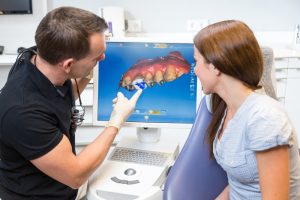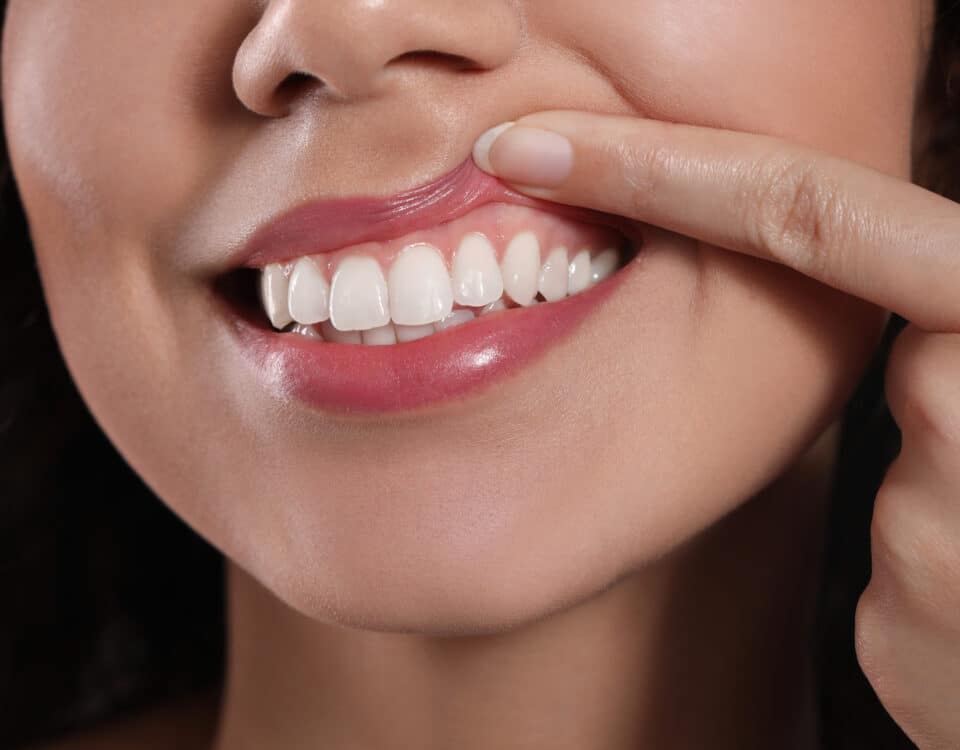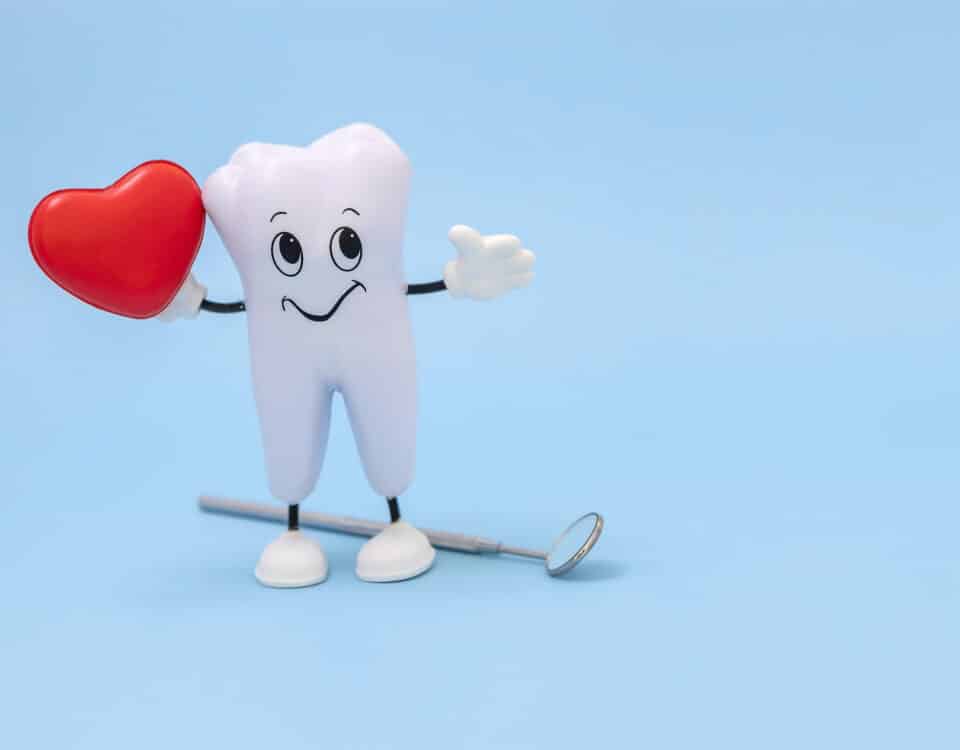What to Do About Dry Mouth
April 13, 2018What Are Dental Hygienists?
April 27, 2018Did you know that many adults have poor oral hygiene habits? In fact, the odds of having gum disease and tooth decay significantly increases as a person ages. However, poor oral hygiene is a major factor in oral health problems. Not enough adults visit the dentist, nor do they brush and floss enough. All of these habits are vital to maintaining a healthy mouth and for keeping your teeth for many decades. Find out the oral health habits that adults currently have in the United States and what they should be doing!
Is It Important to Visit the Dentist?
If you go to the dentist often, good for you! The American Dental Association recommends that every person visit the dentist at least twice a year. When we say that you should “visit the dentist”, we mean that you should go into a dental office and have a full dental examination and dental cleaning done on your teeth. The exam is a vital part of keeping good oral health because a dentist has the opportunity to examine each individual tooth. They take x-rays of your teeth to analyze bite, alignment and the presence of cavities and infection.
Dentists also conduct oral cancer screenings, which can save patients lives if they have the beginnings of oral cancer. 50,000 people a year die from oral cancer. Those numbers would be significantly lower if more people visited the dentist regularly. A dentist and a hygienist will also clean each individual tooth and remove plaque and stuck-on tartar from the tooth surface. They can detect gum problems and disease and stop both gum disease and tooth decay in its tracks. However, it’s only if people are visiting the dentist. Unfortunately, not enough people go to the dentist each year, which is why tooth decay, gum disease, and other oral health problems are so chronic in Americans.
Oral Health Habits in Adults
Many studies show that American adults just aren’t that concerned about their oral health. Only about 64% of adults see a dentist each year, according to the Centers for Disease Control and Prevention. Not even all of those see the dentist twice. After age 65, only about 62% visit the dentist and the percentages only go down from there. The CDC is involved in reporting statistics for oral health habits and tooth decay because of how chronic a problem it is. In fact, the National Institutes of Health reported that tooth decay was the most “prevalent chronic disease” among children and adults.
Why does this matter? Consider the statistics:
- 31.6% of adults between 20 and 44 have untreated tooth decay. That is likely largely made up of the 35% of adults that don’t see the dentist on at least a yearly basis.
- 91% of Americans have had cavities at some point in their life.
- 47% of American adults have gum disease. That equals about 64.7 million Americans, and that’s only the adults!
- 8.7% of those adults have mild gum disease (gingivitis), 30% have moderate, and 8.5% have severe gum disease that leads to rapid tooth loss.
- An estimated 120 million Americans are missing at least one tooth in their mouth.
- 36+ million Americans are missing all of their teeth, which is called “edentulism” or “toothlessness”.
- Oral cancer kills someone every hour of every day in the United States.
The numbers of these statistics would be significantly reduced or would go away completely if adults had much better oral health habits. No person ever has to suffer from tooth decay or gum disease and no one would have to die from oral cancer if they were seeing a dentist and keeping their mouth healthy.
Are Children Just As Bad?
Unfortunately, if oral health habits in parents are bad, the children will not be better off. Habits get passed down to children, and oral health habits are no exception. If a parent is visiting the dentist often, then the child most likely is to. If a parent never brushes or flosses their teeth, children most likely won’t either. What you do sets the example for others in your household. If you are the head of your household, establishing good oral health habits and then following them in front of your family will generally get them to do the same.
Just as tooth decay runs rampant in adults, children fare bad as well. However, they are not doing as bad as adults in certain areas. The CDC reports that 84% of children between 2 and 17 visit the dentist each year. However, about 42% of children have tooth decay in their teeth. The tooth decay is most common in children between 6 and 11 years old.
What Can You Do?
If you are not taking care of your teeth and gums, start now. You only get one set of permanent teeth, and once they are gone, they are gone. Your mouth makes plaque from sugars in your food every time you eat and drink. Reduce the sugary drinks, sodas and sugary treats in general from your diet. Brush your teeth at least twice a day with ADA-approved toothpaste and brush for 2 minutes each time. Brush after every meal to prevent tooth decay and gum problems even further. Also, make time to floss your teeth. You can’t expect to only brush your teeth and not have any dental problems.
Many people use mouthwash to get rid of bacteria that contributes to plaque. Others also add in fluoride treatments to help strengthen the teeth against acids and sugars that cause decay. All of these oral health habits can help you avoid oral health diseases. Lastly, visit the dentist each year, at least twice a year. Following these simple guidelines can help you prevent tooth decay and gum disease and can ensure that you keep your smile healthy for quite a long time. To schedule your comprehensive exam and cleaning today, call Family & Cosmetic Dentistry of the Rockies at (970) 267-0993!







